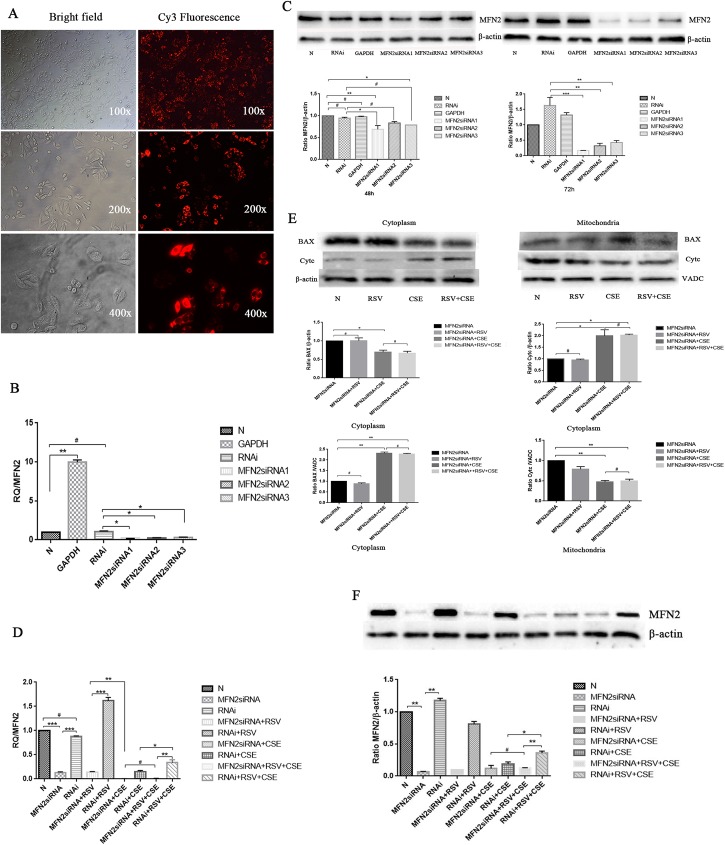Fig 4. MFN2 siRNA attenuates the protective effects of RSV against the apoptosis induced by CSE in HBE cells.
(A) The transfection efficiency of HBE cells was detected by fluorescence microscopy, which showed that more than 90% of cells were labeled (red fluorescence). (B-C) Real-time qPCR and western blot analysis were used to test three MFN2 RNA interference target sequences for gene silencing efficiency. The results show that the first silence sequence (si-h-mfn2_001: CGGCAAGACCGACTGAAAT) exhibited the highest efficiency, and the optimal intervention time was 72 h. Therefore, the first RNA interference target sequence was selected for the following experiments. (D) CSE-induced apoptosis was markedly attenuated by RSV pretreatment (RNAi + RSV + CSE); however, this protective effect was abolished by MFN2 gene knockdown (MFN2 siRNAi+ RSV + CSE). (E) Western blot analysis showed apoptosis marker molecules in all of the groups. BAX began to translocate to mitochondria in the CSE group, and cytochrome C in the cytoplasm began to increase in the CSE group compared with that in the MFN2 siRNA group (p<0.05). However, the effects of RSV to prevent the release of the cytochrome C from the mitochondria to the cytosol and prevent the translocation of the BAX from the cytosol to the mitochondria were decreased. There were no differences between the MFN2 siRNA+ CSE group and the MFN2 siRNA+ RSV+CSE group (p>0.05). (F) Western blot analysis showed that the RSV pretreatment did not increase the MFN2 levels in the MFN2 siRNA groups compared with the negative control siRNA groups. *: p<0.05, **: p<0.01, ***; p<0.001, #: p>0.05.

